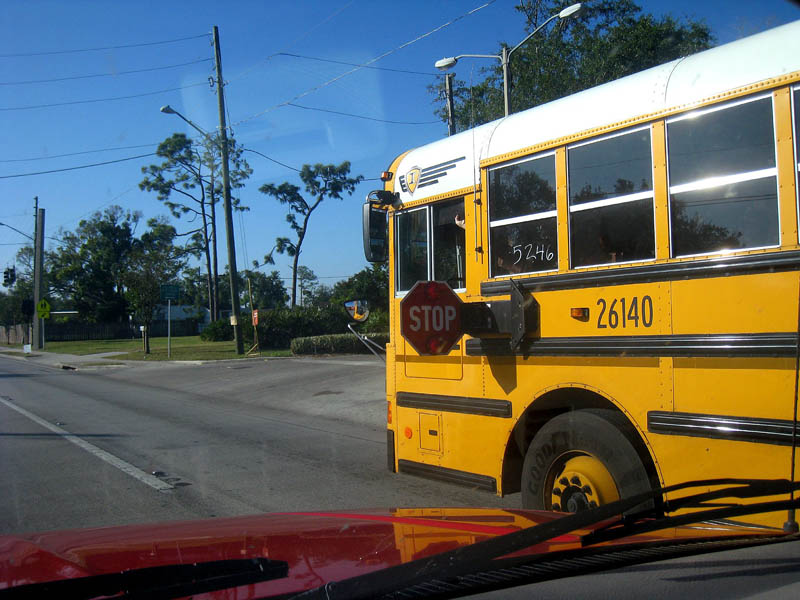Ensure Children Arrive Alive at School by Teaching Them Well
Back-to-school time marks the waning of another summer, the excitement of an approaching autumn and students of all ages pedaling, skateboarding and walking their way to first period. It also brings the responsibility for motorists to take extra precautions on the road both before the bell rings in the morning and after it rings mid-day.
Bicycle lanes, bus stops, crosswalks, intersections and school zones each create a safety-hazard risk for children, especially those 10 and younger. Motorists have a personal duty to keep their eyes and ears open for boys and girls appearing on the street, getting in and out of cars and waiting in car-pool lines.
According to the Dori Slosberg Foundation, more children are hit by vehicles in and around school zones than in any other location. Stationary and slow-moving vehicles present dangers because students thread their way through them – behind and in front. A child easily can disappear in the shadow of a minivan or an SUV, and the consequences can be deadly.
“Dori Saves Lives reminds all drivers to slow down and share the road,” an article on the nonprofit’s Web site states.
Sharing the road refers not only to small pedestrians but also to big buses. Passing a stopped school bus dropping off or picking up children is illegal in all 50 states. When it occurs, it is called a stop-arm violation.
“Reducing the incidence of illegal passing of stopped school buses is easier said than done,” the National Highway Transportation Safety Administration writes in a best-practices guide. “The solution to this complex problem requires the involvement and cooperation of many groups (motorists, school bus drivers, law enforcement officers, prosecutors, and local judicial officials) to make sure the law is obeyed, violations are reported, and the law is enforced.”
It should go without saying that motorists must comply with all school-zone signs, many of which post the time of day the law is in effect, and drive 25 miles per hour or slower when the yellow lights are flashing.
On the preventative side, parents are encouraged to educate their little ones about staying safe while traveling to and from school. Start with the basics, such as how to properly cross the street. Here are some talking points that can help ensure everyone arrives alive.
Look both ways first. A green light doesn’t necessarily mean it is safe to proceed. Children need to learn to watch out for vehicles at all times.
Watching out for vehicles is important but so is making certain the individual operating the vehicle sees the child. Eye contact between the driver and the pedestrian is crucial.
Depending on the time of year and geographical location, going to school in the morning can mean doing so in the dark. If the sun isn’t up, parents should arm their children with reflective clothing to improve visibility and a flashlight.
Explain how taking short cuts through bushes or between parked cars to get to school is unsafe, even though it might make the difference between being on time and tardy. Children should stay on the sidewalk and wait for the crossing guard to shepherd them to safety.
“With proper supervision and walking and traffic awareness skills, most kids can learn how to walk to and from school without much difficulty,” according to an Allstate Insurance Co. blog. “So, add pedestrian safety to the list of skills your kids can and should master as they return to school this year.”
Share This



